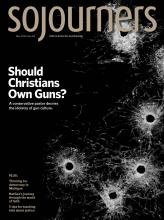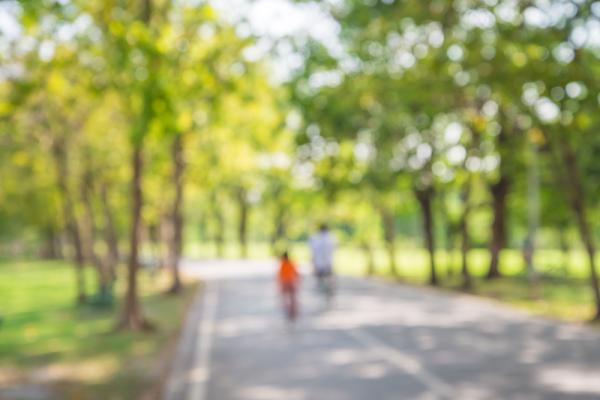WHEN IT IS prayer time, Rami Nashashibi prays. His Muslim faith is the core of his life and work, inspiring the two decades of advocacy he has done on behalf of the poor and marginalized on the South Side of Chicago.
But when prayer time arrived on an unseasonably warm day in December, Nashashibi paused. It was just days after the terrible terrorist attack in San Bernardino, where extremists calling themselves Muslims murdered 14 people and injured many more. Nashashibi was in his neighborhood park with his three kids, and he found himself suddenly struck by fear at the thought of praying in public and therefore being openly identified as Muslim at a time when so many equated that term with terrorist.
That neighborhood park happened to be Marquette Park. Fifty years earlier another man of faith stood not far from where Nashashibi was standing, and he too felt fear. That man was Martin Luther King Jr. He had come to Chicago in 1966 to raise awareness about discriminatory housing practices on the South Side. His march through Marquette Park was met with racist sneers and vigilante violence. A brick thrown his way actually hit him in the head and brought him to his knees.
Read the Full Article

